10 Feb Moving beyond traditional notions of stimulus in qualitative research
Within qualitative research, stimulus has traditionally been perceived as ‘something we show respondents and they respond to’ and/ or ‘something we need to know respondents’ opinions/ perceptions of’. However, the time has come for researchers to move beyond such conservative applications and begin using stimulus in more intelligent, considered and tactical ways.
Best practice use of stimulus should be aimed towards getting the most out of participants’ responses and the researcher’s projective techniques – towards enabling participants to convey those ‘gold’ responses that allow that extra layer of understanding, including emotional drivers, unconscious behaviours and the otherwise unsaid. In this way, intelligent use of stimulus can have a direct impact on researchers’ abilities to provide better, more relevant, tangible and actionable outcomes, in addition to adding value for their clients. Furthermore, taking a ‘co-creative’ approach to stimulus with respondents can also provide a wealth of output by which to bring the results to life.
Some examples of more progressive applications of stimulus include:
| What: | Description: | Particularly suited to: |
|---|---|---|
| Image banks | Large bank of images presented to respondents – can be random or in organised groupings Aids in descriptions of emotions and sensorials that can be difficult to put into works Can be effective in comparing and developing imagery/ TOV | New product development; brand development; advertising development |
| Mood boards | Pre-prepared collections of images into territories used to develop imagery and TOV | New product development; brand/ ad concept testing/development |
| Competitive sets | Range of products within a single category for use as discussion points of reference and comparison (can also be used for mapping exercises) | New product development; brand development |
| Written concepts | Written description of a product/ brand idea (in the specific insight, benefit, reasons to believe, tagline format) used to distinguish the essence of an idea rather than how it might be communicated/ executed (can exist with or without associated imagery) | New product development; brand/ advertising/ concept testing/development |
| Timelines | Respondents write down a process/ decision on a pre-prepared map, identifying the main stages and milestones contributing to that process/ decision and how they were affected | Customer journey/ buyer behaviour; target understanding |
| Collages/ rip art | Respondents source a number of pictures from magazines that best represent their perceptions of a brand/ product/ person/ etc (often with an emotional focus), then explain their choices to the moderator/ group | New product development; brand development; target understanding |
This is by no means an exhaustive list (although you could use it to challenge your existing research agencies to use stimulus more progressively and in a way that adds value to your projects…). Fundamentally, thought and care should always be taken in applying stimulus to the research process, ensuring it is used intelligently and strategically (ie, for a specific purpose and towards a specific end). Superfluous use or including it simply ‘for the sake of it’ can be counterproductive, confusing both respondents and the outcomes of the research.
Find out more about our specialisation in qualitative research techniques
Written by: Brugh O’Brien, Research Consultant
Get in touch with us today and see if your business could benefit from from innovative qualitative research.
newfocus is a national market research company, specialising in strategic market research and social research, with offices in Melbourne, Sydney & Adelaide.

